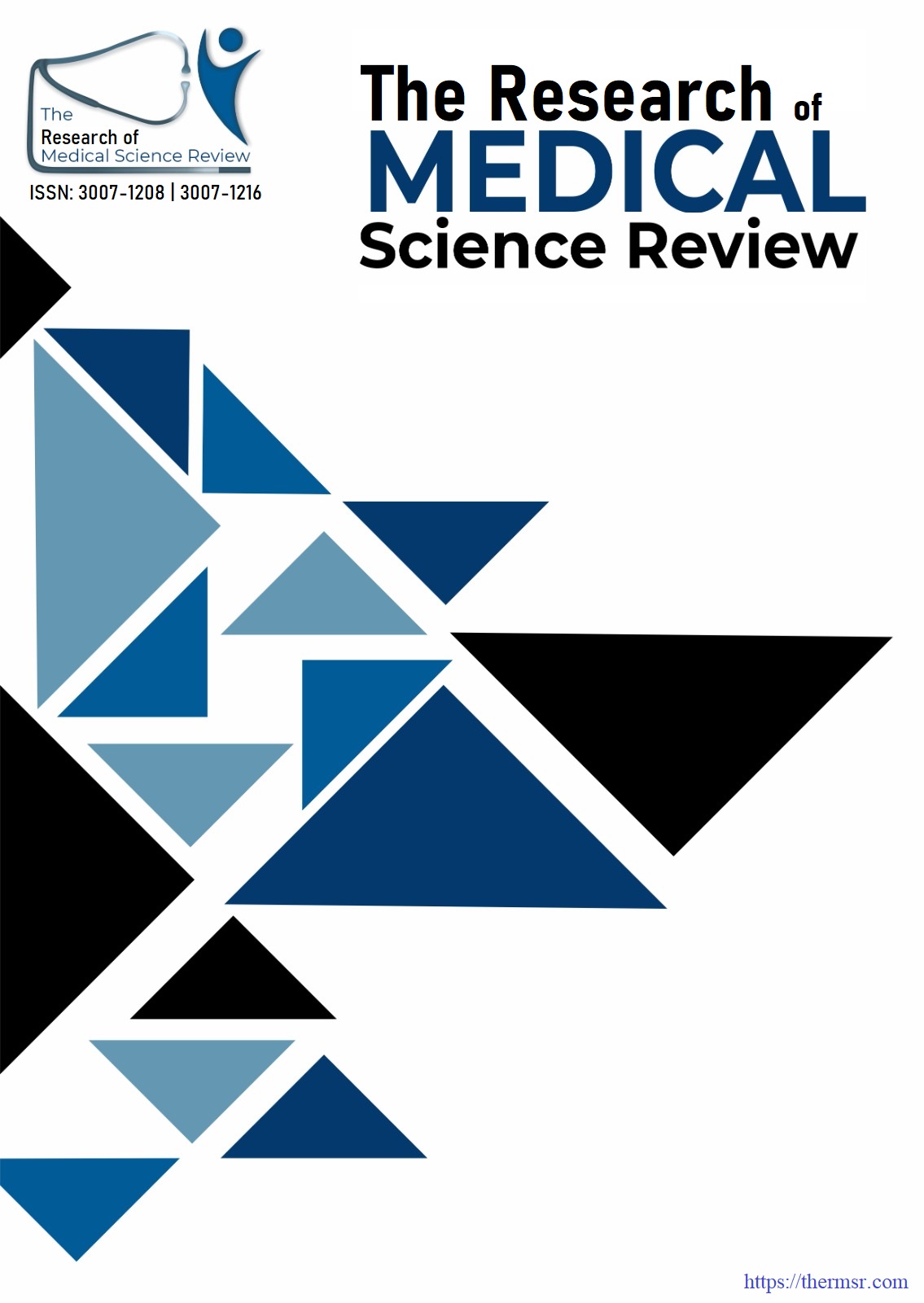RELATIONSHIP BETWEEN UTERINE FIBROIDS AND DIFFICULTY IN GETTING PREGNANT AMONG MARRIED WOMEN
Keywords:
Fibroids, Uterine, Patients, infertility, Diagnosis, OutcomesAbstract
Background: Uterine fibroids are one of the most common benign gynecological tumors affecting women of reproductive age.
Objective: To investigate the relationship between uterine fibroids and difficulty in achieving pregnancy among married women, with an emphasis on fibroid type, awareness levels, and infertility duration.
Methods: This cross-sectional observational study was conducted at Niazi Medical Complex Sargodha from 10 th Feb 2024 to 20 th August 2024. A total of 110 married women aged between 20 and 45 years were enrolled in the study. Ultrasound evaluation either transabdominal or transvaginal depending on clinical appropriateness was performed by a certified radiologist to detect and characterize uterine fibroids.
Results: Uterine fibroids were identified in 43 women (39.1%). Intramural fibroids were the most common type (44.2%), followed by subserosal (32.6%) and submucosal (23.3%). A significant association was found between submucosal/intramural fibroids and prolonged infertility (>3 years) (p = 0.012). Women with submucosal fibroids were 3.6 times more likely to experience infertility (OR = 3.61; 95% CI: 1.40–9.32). Only 28% of fibroid-positive women were aware of their diagnosis, and just 14% had sought treatment. Hormonal profiles were largely comparable between women with and without fibroids.
Conclusion: It is concluded that uterine fibroids, particularly submucosal and intramural types, are significantly associated with difficulty in conceiving among married women. The findings highlight the importance of early screening, improved patient awareness, and targeted management strategies to optimize fertility outcomes.
Downloads
Downloads
Published
Issue
Section
License

This work is licensed under a Creative Commons Attribution-NonCommercial-NoDerivatives 4.0 International License.















